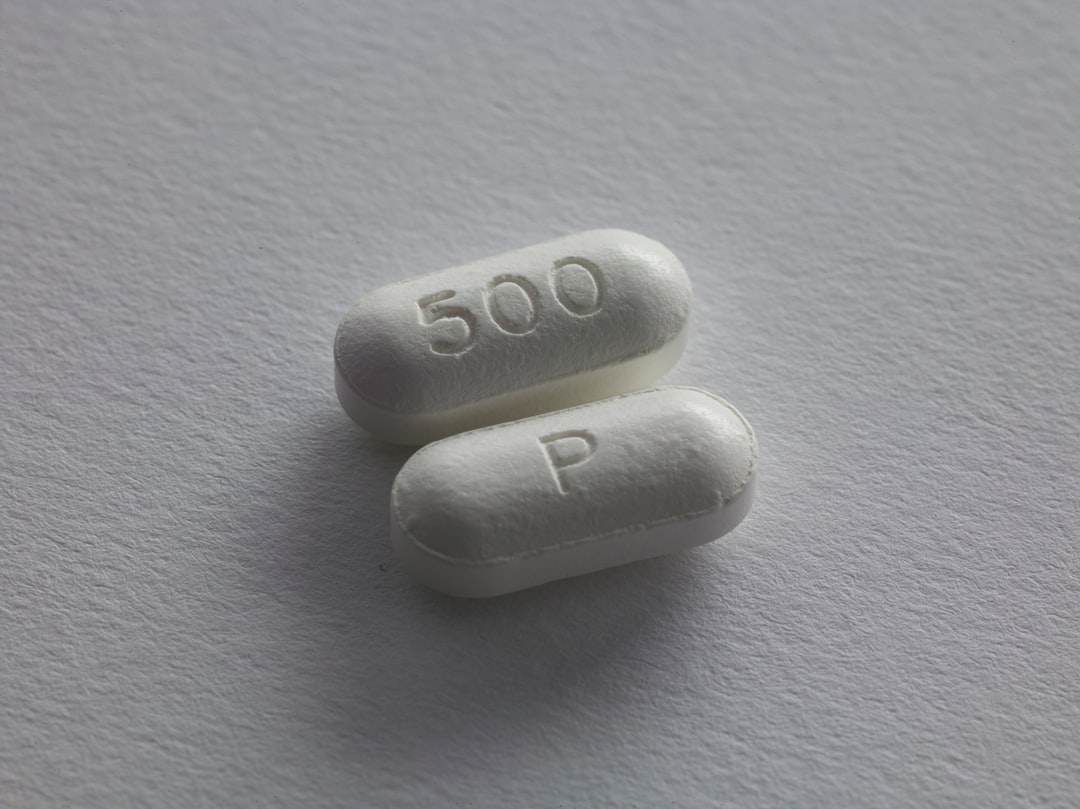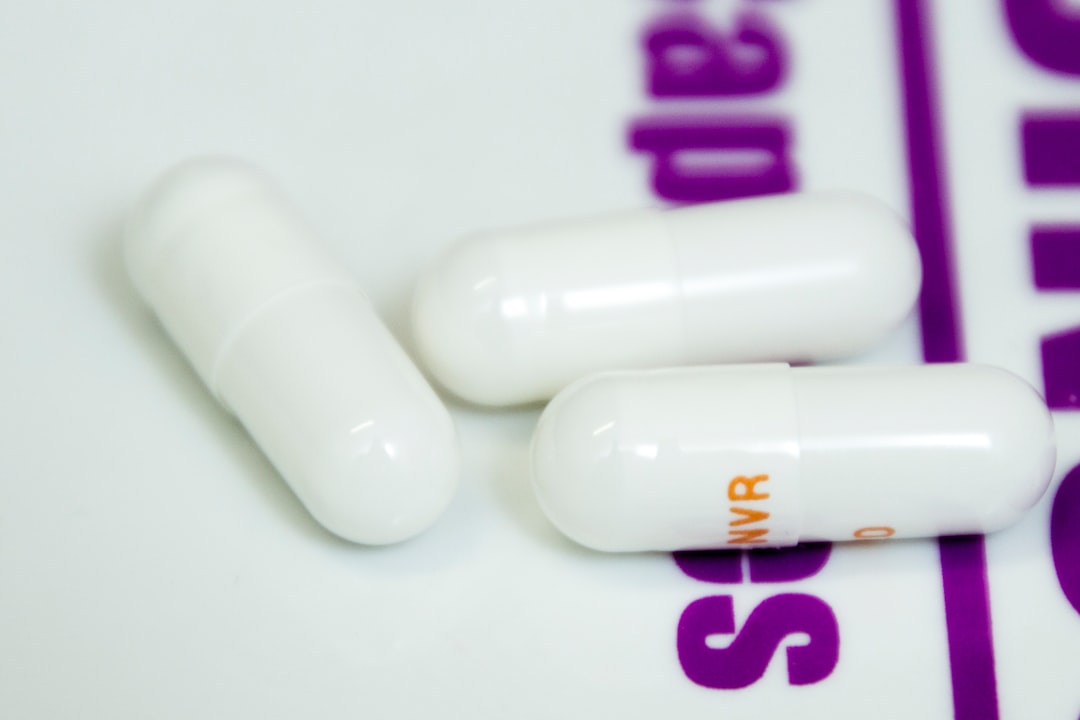What is it about?
We investigated the in vitro transport characteristics of catalposide in HEK293 cells overexpressing organic anion transporter (OAT)1, OAT3, organic anion transporting polypeptide (OATP)1B1, OATP1B3, organic cation transporter (OCT)1, OCT2, P-glycoprotein (P-gp), and breast cancer resistance protein (BCRP).
Featured Image
Why is it important?
A comprehensive evaluation of the transport mechanisms and transporter-mediated HDI of catalposide on eight major transporters was conducted across a wide range of catalposide concentrations using HEK293 and LLC-PK1 cell systems overexpressing the OCT1, OCT2, OAT1, OAT3, OATP1B1, OATP1B3, P-gp, and BCRP transporters.
Perspectives
Recently, transporters have been suggested to be important in in vivo drug disposition, drug responses, and adverse drug reactions. Additionally, information regarding drug transporters is increasing in drug labels, and provides information for understanding the mechanisms of drug absorption, distribution, and elimination. This could provide an transport characteristics and herb-drug interaction mechanisms for catalposide.
Professor Im-Sook Song
Kyungpook National University
Read the Original
This page is a summary of: Organic anion transporter 3- and organic anion transporting polypeptides 1B1- and 1B3-mediated transport of catalposide, Drug Design Development and Therapy, January 2015, Taylor & Francis,
DOI: 10.2147/dddt.s75400.
You can read the full text:
Contributors
The following have contributed to this page










